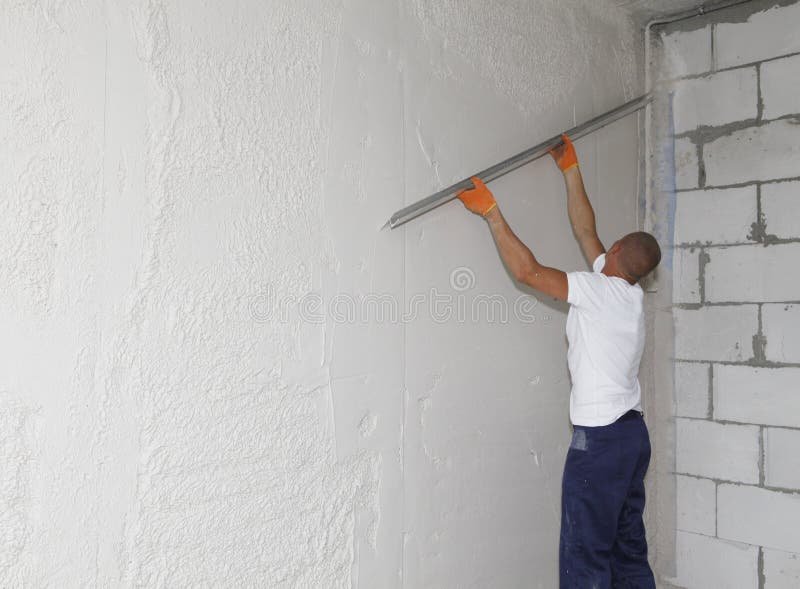
Ultimate Guide To Screeding Wall Techniques
Screeding walls can be a daunting task for many DIY enthusiasts, but fear not – mastering this technique is simpler than you may think. Using a level surface and a steady hand, you can achieve a flawless finish that will enhance the appearance and durability of your walls. By following a few key steps and techniques, you’ll be able to screed your walls like a pro in no time. Let’s delve into the world of screeding walls and unlock the secrets to achieving a professional finish effortlessly.
Screeding Wall: Everything You Need to Know
Welcome, young builders! Today, we’re diving into the fascinating world of screeding walls. Have you ever wondered how walls are made perfectly smooth and level before they get painted or decorated? Well, that’s where screeding comes into play. Let’s uncover the secrets behind this crucial step in construction!
What is Screeding Wall?
Before we delve deeper into the details, let’s start with the basics. Screeding a wall is the process of creating a smooth and level surface on a wall by using a straight edge to spread and level a mixture of cement, sand, and water. This ensures that the wall is prepared for the next steps in the construction process, such as painting, wallpapering, or tiling.
Materials Needed for Screeding
To screed a wall effectively, you will need a few essential materials. Here’s a list of what you’ll need:
1. Cement
Cement is the binding agent that holds the screed mixture together. It provides strength and durability to the wall surface.
2. Sand
Sand is used as an aggregate in the screed mixture. It helps to fill any gaps and create a cohesive surface.
3. Water
Water is added to the cement and sand mixture to create a workable consistency for spreading and leveling.
4. Straight Edge
A straight edge, also known as a screed board, is a long, flat tool used to level the screed mixture on the wall surface.
The Process of Screeding a Wall
Now that you have your materials ready, let’s walk through the steps involved in screeding a wall:
Step 1: Surface Preparation
Before you can begin screeding, the wall surface must be clean and free of any debris. Make sure to remove any dust, dirt, or loose particles from the wall.
Step 2: Mixing the Screed
In a large mixing container, combine the cement, sand, and water in the correct proportions. Mix the ingredients thoroughly until you achieve a smooth and workable consistency.
Step 3: Applying the Screed
Using a trowel, apply the screed mixture to the wall surface in a thin layer. Make sure to work quickly and evenly to cover the entire wall area.
Step 4: Leveling the Screed
Place the straight edge horizontally against the wall surface and drag it across the screed mixture to create a flat and level surface. Repeat this process until the entire wall is smooth and even.
Tips for Perfect Screeding
Here are some tips to help you achieve a flawless screeding job:
1. Work in Sections
Divide the wall into smaller sections and focus on screeding one section at a time. This will help you maintain a consistent level across the entire wall.
2. Check for Levelness
Use a spirit level to ensure that the screed surface is perfectly level. Adjust as needed to avoid any uneven spots or bumps.
3. Keep it Moist
As the screed mixture dries, mist it lightly with water to prevent it from drying out too quickly. This will help the screed cure properly and avoid cracks.
Benefits of Screeding
Now that you know how to screed a wall, let’s talk about why this step is so important in the construction process:
1. Smooth Finish
Screeding ensures that the wall surface is perfectly smooth and ready for painting or decorating. It creates a polished look that enhances the overall appearance of the room.
2. Leveling the Surface
By screeding the wall, you can correct any imperfections or uneven areas, creating a level surface that is essential for installing tiles, wallpaper, or other finishes.
3. Increased Durability
A properly screeded wall is more durable and long-lasting. It provides a solid foundation for the rest of the construction process, ensuring that the wall remains stable and secure.
Congratulations, young builders! You’ve learned all about the fascinating world of screeding walls. Remember, screeding is a crucial step in the construction process that ensures your walls are smooth, level, and ready for the finishing touches. So, the next time you see a perfectly polished wall, you’ll know the secret behind its flawless appearance. Keep building and exploring, and who knows what amazing structures you’ll create in the future!
HOW TO RENDER A WALL PERFECTLY FLAT / dot and screed method
Frequently Asked Questions
What is the purpose of screeding a wall?
Screeding a wall is done to create a smooth, flat surface that is ready for further finishing, such as painting or wallpapering. It helps to remove any unevenness or imperfections in the wall, ensuring a professional-looking end result.
How is screeding a wall different from plastering?
While plastering involves applying a thick layer of plaster to cover any imperfections, screeding focuses on leveling the wall by spreading a thinner layer of material, like cement or gypsum, to achieve a flat surface. Screeding is typically done before plastering or painting.
What materials are commonly used for screeding walls?
Common materials used for screeding walls include sand-cement mix, gypsum plaster, and self-leveling compounds. The choice of material depends on the desired finish, the condition of the wall, and the specific requirements of the project.
Final Thoughts
Achieving a smooth and level wall surface is essential for a professional finish in construction projects. Properly screeding the wall is a crucial step in ensuring structural integrity and visual appeal. By using the right tools and techniques, such as a straight edge and a skilled hand, the screeding process can be completed efficiently. Remember, a well-screeded wall provides a solid foundation for further finishing touches and enhances the overall quality of the project.


